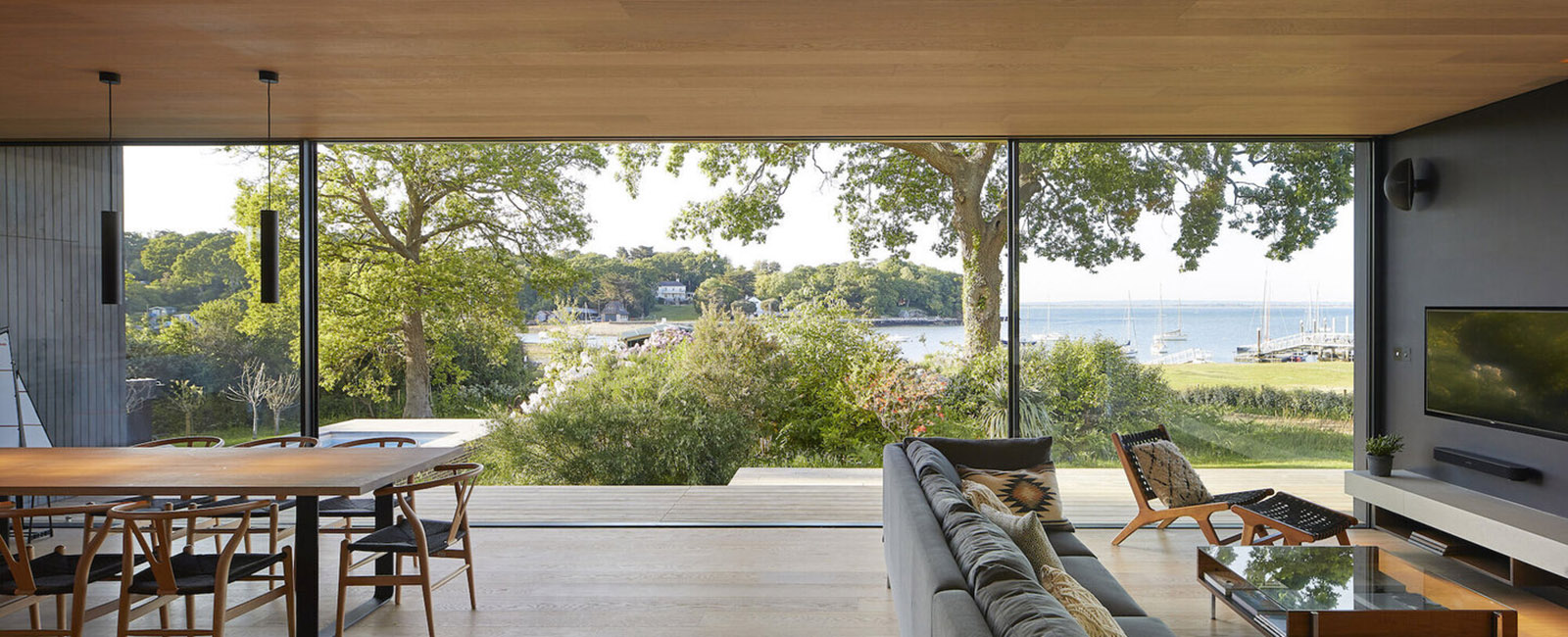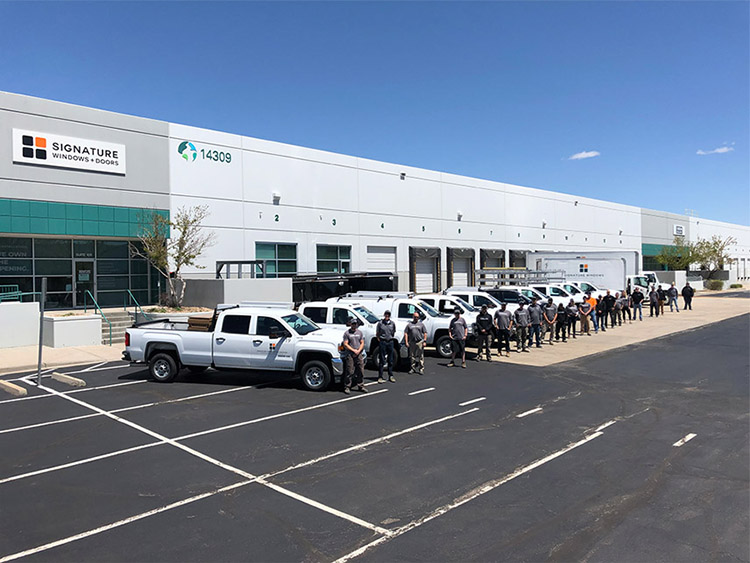WINDOW REPLACEMENT GUIDE:
REPLACEMENT WINDOW FAQs
1. Why do you believe vinyl is inappropriate in Colorado’s climate?
2. What level of energy savings can we expect?
3. Why don’t you offer financing?
4. Please describe the replacement process – What can we expect?
5. What is the difference Between Fiberglass and Fibrex?
6. Is Fiberglass a better window material than wood?
7. What should I look for in a quality installation?
1. Are vinyl windows inappropriate for Colorado’s climate?
Please visit our window replacement guide for more information.
2. What level of energy savings can we expect?
We have written a number of blog posts on this very topic:
A. Competitor claims of energy efficiency, although legally defensible, don’t always apply. Read the fine print!
B. FTC is cracking down on dubious energy savings claims.
C. R5 vs. R3.33 Windows
3. Why don’t you offer financing?
If Signature Windows offered financing, we would have to increase our pricing 5% to 20% depending on the terms of the financing. We’d rather save you money! Please visit our blog to learn more about the Signature Windows difference.
4. Please describe the replacement process – What can we expect?
We believe the experience of replacing your windows should feel like a personal shopper service whose aim is to delight you.
5. What is the difference Between Fiberglass and Fibrex?
Straight from Andersen (the owners of the patented material), Fibrex material is a patented composite made of reclaimed wood fiber from Andersen manufacturing operations and a special thermoplastic polymer, some of which is also reclaimed.
The fiberglass used in Integrity Windows (the fiberglass window we sell) is fully pultruded and incorporates a patented acrylic capping system for color retention.
Integrity Windows is the only composite window manufacturer to announce the results of its testing against the AAMA 623-10, 624-10, and 625-10 standards for durability, fade, and scratch resistance – learn more at IntegrityWindows.com.
Fiberglass is stronger than Fibrex and as a result will have thinner frame profiles resulting in more glass than a given Fibrex window or door.
Which is better? On a positive note, both Andersen and Marvin (Integrity Window’s parent company) began their R&D investments into alternative window and door material in the early 1990. Unlike Andersen, Marvin has not also invested in vinyl window manufacturing.
Give the stronger window material, we like fiberglass over Fibrex. Once a window is correctly installed into the opening, this strength difference becomes less important. From there, which is better should be measured by color retention and seal failure rates. On color, it will be interesting to learn Fiberx’s performance against the AAMA specifications. Seal failures result in moisture between the panes of glass. For Integrity, we have been told that the seal failure rate measured over twenty years is .002 or .2%. Ask the Fibrex team for their seal failure statistics.
6. Is Fiberglass a better window material than wood or aluminum-clad wood?
We do believe fiberglass or aluminum-clad wood are better than all wood windows in Colorado’s climate. We respect that there are valid reasons to use all-wood windows in historic applications, and we certainly sell all-wood windows in new home were the look and “feel” of all wood is considered a must. That does not change the fact that it is an uphill battle to maintain wood in exterior applications in our climate and most homeowners, however well intentioned, will not stay on top of the required maintenance.
As between fiberglass and aluminum-clad windows, we think it is more informative to respond that they are different, as opposed to anoint one as better. Currently, Integrity fiberglass windows delivery the same level of energy efficiency and Marvin aluminum-clad windows. Based on the AAMA test data, the exterior finish of fiberglass has been proven to perform at the same level as the Marvin aluminum-clad counterpart. This should mean comparable useful lives although fiberglass windows have only been available since the early 1990s so empirical data to prove this does not yet exist.
Going forward, we believe fiberglass will allow for greater innovation in energy efficiency. Counter balancing this, it is not yet economical to bend fiberglass in windows so radius units will only be available in aluminum-clad or by joining an aluminum-clad or vinyl radius unit to rectangular shapes.

